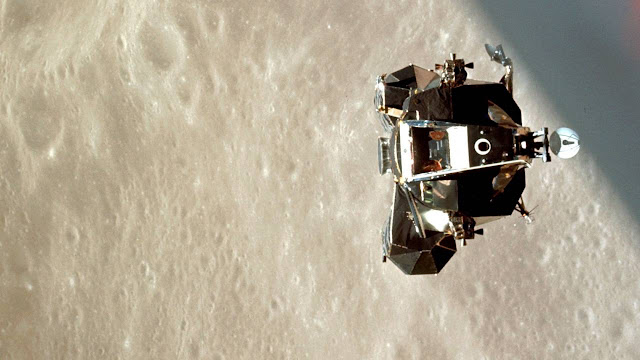©Mark Ollig
Remember using an America Online (AOL)
program disk?
During the 1990s, AOL was giving away a
3.5-inch disk containing its setup program we installed on our computer.
Those AOL disks seemed to be
everywhere.
They were sent in the mail, and you saw
them available in many stores.
I recall inserting the AOL disk into my
tower computer’s disk drive and running the setup program.
The program called the AOL telephone
number over my telephone line which was plugged into the computer modem. When
the line wasn’t busy, I would hear the confirming handshake between the AOL
modem and my computer modem.
Once connected and signed in, I would
check my email, and then access the web/internet through AOL’s network gateway.
It was common knowledge some people
collecting those free disks did not install the AOL program. They would instead
reformat the disks and store their text and photo files on them.
By 1997, AOL had become so popular;
nearly half of all US households had internet access through its online portal.
I also had a subscription to the
Prodigy online service during the mid-1990s. Prodigy was a large, dialup
computer bulletin board service (BBS) with an easy-to-navigate graphical user
interface, and many topic-specific community chat rooms.
At the time, subscribing to an online
commercial (or computer hobbyist) BBS dialup service was the standard way of
getting online.
It was the ‘90s, and folks were asking
each other, “Are you online?”
We were slowly migrating into this new,
virtual online community.
The word “online” was probably one of
the most common words being used in conversations during the 1990s – at least
it was in mine.
But, I digress.
Today, more of us are using our
smartphones as the primary way of accessing websites, social media networks,
and other online services.
Pew Research reports over the last
eight years, there has been a 46 percent increase in the number of people who
own a smartphone.
A smartphone is analogous with a mobile
cellphone having internet access. A smartphone also performs, more or less, the
functions of a computer.
Today, 81 percent of Americans own a
smartphone, according to Pew.
Of all adults polled, 37 percent say
they mostly use a smartphone when accessing the web/internet, which is about
double what it was in 2013.
It’s no surprise to learn 58 percent of
today’s young adults, 18- to 29-year-olds, say they use their smartphone for
online access. This is an increase of 41 percent since 2013.
When we look at adults age 30 to 49
using a smartphone for internet access from 2013 to today, a 23 percent
increase is realized, as 24 percent said they used their smartphone in 2013 for
online access compared with 47 percent today.
The percentage shift in using
smartphones for internet access also shows more folks are not using their home
broadband connection, and instead, are favoring their smartphone’s wireless
connection to the internet.
Speaking for myself, I use my
smartphone (Galaxy S9+) for accessing not only social media, but news sites,
and, of course, Googling.
While writing, I sometimes grab my
smartphone and ask Google for a word synonym, or to verify the spelling of a
specific word.
It is a given; soon, we will use
smartphones using 5G (5th generation) cellular wireless technology tethering
with our other computing devices.
The Pew survey of adults shows 27
percent currently do not subscribe to traditional home broadband service. These
folks are using their smartphones, instead.
Of the 45 percent not having a
broadband internet connection, they say it is because their smartphone allows
them to access everything they need online.
Others surveyed by Pew said the area
they live in is not served with affordable high-speed internet, so they use
their smartphones instead.
Of this group of non-broadband users,
80 percent said they are not interested in getting high-speed internet
connections at their home.
Our reliance on our smartphones is
increasing, and it has become a necessity for most. Just think of how you felt
when you thought you lost your smartphone – yup, I felt that way, too.
Today, AOL is owned by Verizon Media
and has merged with another 1990s online web service provider, Yahoo!
For those keeping track, I used the
word “online” only 16 times in this column.





